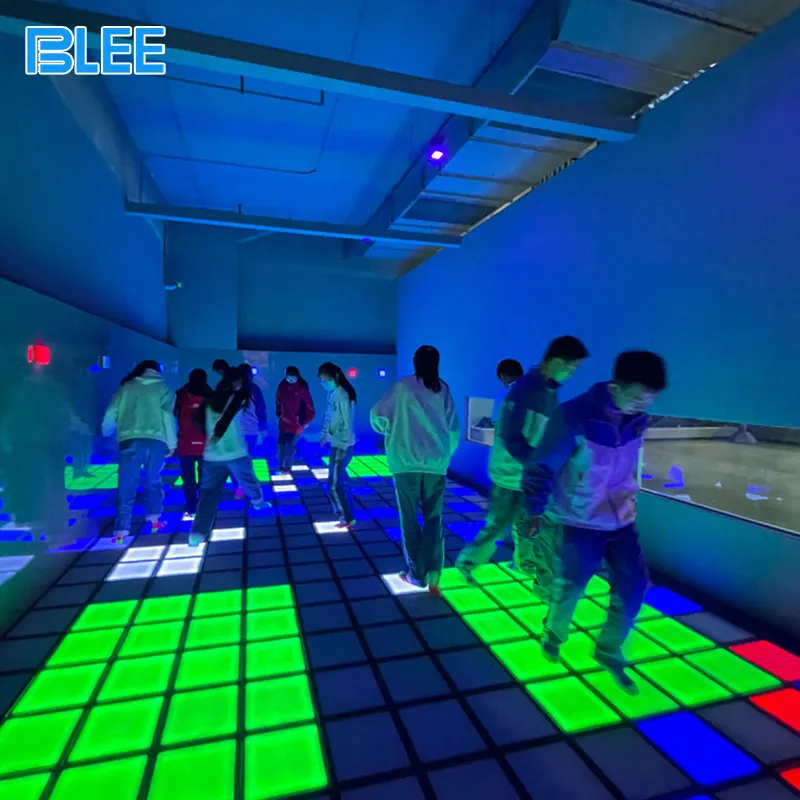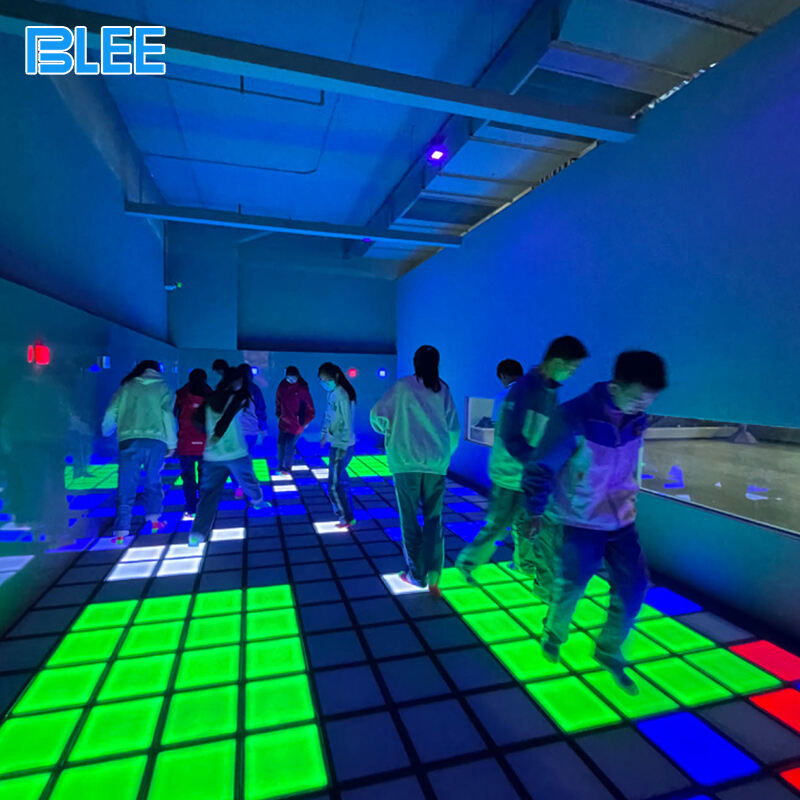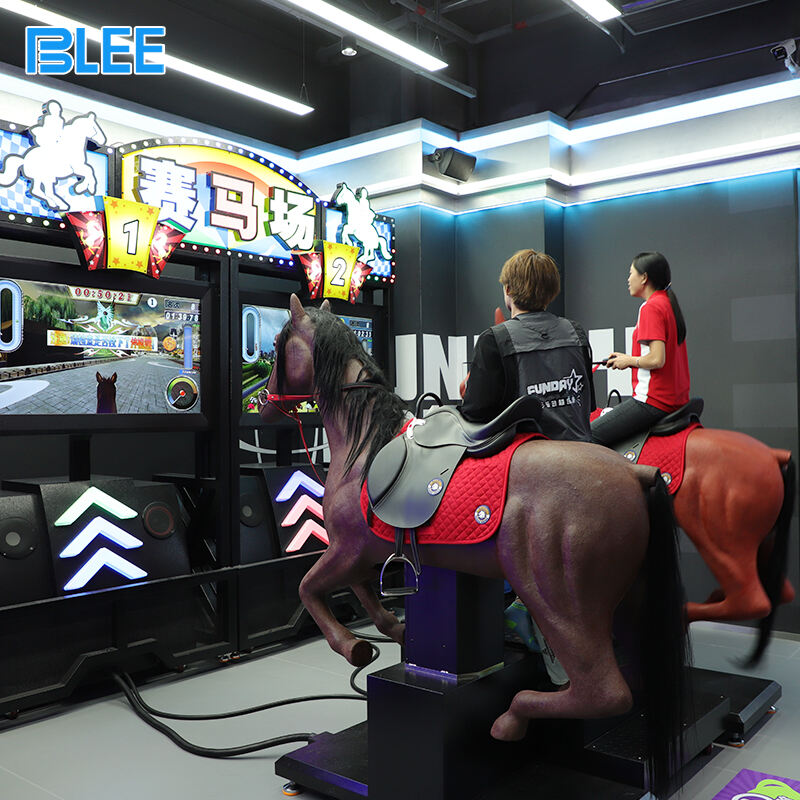Core Game Mechanics That Foster Social Interaction
Cooperative Task Design in Activation Games
Cooperative task design is a powerful tool in game development aimed at fostering teamwork, communication, and social skills among players. By designing tasks that require players to work together to achieve common goals, game developers create environments where individuals must engage in dialogue and strategize as a unit. This type of game design encourages players to rely on each other's strengths, leading to a more engaging and interactive experience. Successful games, such as "Overcooked" and "Portal 2," have utilized cooperative tasks to enhance social interaction, requiring players to collaborate and coordinate their actions to progress through levels. Studies have shown that such gameplay can significantly improve social skills and promote camaraderie among players (Johnson et al., 2021). This approach not only enriches the gaming experience but also adds an educational dimension, as players learn valuable interpersonal skills.
Communication-Driven Challenges and Rewards
Communication is vital in activating challenges within games, often leading to stronger connections between players. Challenges that require effective dialogue encourage players to convey strategies clearly and efficiently, often resulting in rewarding outcomes that boost social dynamics. For example, games like "Keep Talking and Nobody Explodes" link success to the quality of team communication, thereby deepening relationships among players. Rewards tied to effective communication instill a sense of accomplishment and unity, as players learn to appreciate the strengths and weaknesses of their teammates. Psychological research indicates that communication-focused challenges can heighten player engagement by motivating them to develop and enhance their communication skills while offering a sense of achievement when success is achieved through these collaborative efforts (Smith et al., 2020). Through this, games become platforms for both entertainment and skill development, aligning player enjoyment with personal growth.
Multiplayer Dynamics and Community Building
Live Tournaments and Shared Objectives
Live tournaments are powerful tools for fostering community building among participants. They bring players together in real-time competitions, sparking excitement and camaraderie. Shared objectives during these tournaments further enhance group dynamics, as players work toward common goals, fostering stronger bonds within the community. According to recent stats, player engagement during tournaments sees a significant increase, highlighting their effectiveness in creating a vibrant gaming community. Many players have shared positive testimonials about their community experiences during such events, emphasizing how live tournaments have helped them forge lasting friendships and connections.
Role of Team Play in Strengthening Bonds
Team play is crucial in establishing meaningful relationships between players in multiplayer settings. It encourages collaboration, communication, and mutual support, making gaming a collaborative experience rather than a solitary pursuit. Data indicates that games with team-based mechanics report higher satisfaction and engagement levels, reflecting the players' enjoyment of cooperative play. Successful frameworks, such as role-specific gameplay, promote unity and support among players, enhancing social dynamics and fostering friendships. Expert opinions underscore the social benefits of team-oriented gameplay, noting its ability to boost social skills and enrich player interactions beyond the game environment.
Play Spaces as Social Interaction Hubs
Trampoline Parks: Encouraging Group Coordination
Trampoline parks are dynamic spaces that naturally encourage group activities and social bonding. The energy and excitement of bouncing alongside peers foster an atmosphere where coordination and teamwork are integral. Engaging in coordinated play at trampoline parks not only enhances physical health through exercise but also strengthens social ties as participants synchronize their movements, creating shared joyful experiences. The design elements of trampoline parks play a crucial role in facilitating social interaction; open layouts and interconnected trampolines allow for seamless group participation. Numerous user experiences highlight that these parks are more than just recreational spaces—they are venues where community engagement thrives and friendships blossom, making them an essential component of social play environments.
Soft Play Areas for Collaborative Learning
Soft play areas serve as nurturing environments for children to develop crucial social skills through play. These vibrant spaces are equipped with soft play equipment designed to promote safety and encourage interaction. In soft play environments, collaborative learning is at its peak as children engage in activities that require teamwork, such as building forts together or navigating obstacle courses. Examples of equipment like soft blocks and puzzle floor mats help foster cooperation and interaction among children. Research supports the idea that such play areas are vital for child development, enhancing social skills and encouraging communication. As children learn to collaborate and resolve conflicts, they also learn valuable life skills that extend beyond the playground.
Outdoor Playground Equipment and Teamwork
Outdoor playground equipment is instrumental in encouraging physical teamwork among children. With shared use of facilities like swings, slides, and climbing frames, children naturally engage in social interactions. These interactions often involve teamwork activities, such as organizing games or helping each other on play structures. For instance, seesaws require pairs to cooperate, fostering a sense of partnership and cooperation. Statistics show that children who frequently use playgrounds exhibit significant improvements in social development and physical interaction skills. These developments highlight the playground's role as a space where teamwork is not only encouraged but thrives, leading to meaningful social bonds among young users.
Balancing Competition and Collaboration
Psychological Incentives for Positive Interaction
The foundation of fostering positive interactions in competitive settings lies in understanding psychological incentives. When designing games, it is crucial to balance competition and collaboration effectively, ensuring that participants engage constructively. According to research in psychology, games that encourage players to work together towards common goals, rather than focusing solely on individual achievements, can greatly enhance social bonds. For instance, in games where team success directly impacts individual rewards, players are more likely to collaborate and communicate effectively, as indicated by studies in social psychology. Additionally, games like "Among Us," which emphasize teamwork and communication, have been praised for creating environments that foster positive interactions, thus exemplifying successful game designs in maintaining a harmonious social atmosphere.
Designing Reward Systems to Avoid Toxicity
Reward systems play a vital role in shaping player behavior and social interactions. Carefully crafted reward mechanisms can promote collaboration and significantly diminish toxic behaviors within gaming communities. One effective strategy involves designing rewards that emphasize teamwork and shared accomplishments over individual rivalry. For example, games like "Overwatch" have implemented reward systems that acknowledge team efforts, such as cumulative achievements or shared bonuses, which help to foster a collaborative spirit. Insights from gaming psychology reveal that such reward structures not only deter toxicity but also encourage constructive communication and a positive social environment. These strategies illustrate how reward systems can be leveraged to maintain healthy social interactions within competitive gaming spaces.
Future Trends in Socially-Driven Activation Games
Tech-Integrated Playgrounds (VR/AR)
Tech-integrated playgrounds using Virtual Reality (VR) and Augmented Reality (AR) are poised to revolutionize social interactions in play environments. These technologies provide immersive experiences that encourage collaboration and interaction among participants, transcending traditional play barriers. For instance, VR can create shared realities where children cooperate in interactive adventures, enhancing their teamwork skills and social bonds. However, integrating technology into outdoor play spaces poses challenges such as high costs and maintaining user engagement across diverse demographics. Successful implementations include playgrounds like the LivePark in South Korea, which uses AR to transform physical spaces with digital engagements, fostering rich social experiences. Experts believe that as technology evolves, it will continue to enrich social gaming experiences by enabling more personalized and connected play environments.
Adaptive Mechanics for Diverse Age Groups
Designing games that adapt to diverse age groups is critical for promoting social interactions and community building. Adaptive mechanics make games inclusive by adjusting complexity and challenges to suit various age groups, thereby facilitating engagement and participation. These flexible designs not only enhance inclusivity but also foster community bonds across generations. A prime example is the "Playground of Possibilities," tailored to engage users from toddlers to senior citizens through adaptable game mechanics, shows how design can effectively bridge age gaps. Demographic studies indicate that age diversity in gameplay enhances experience by incorporating varied perspectives and skills, leading to enriched social interactions and collaboration. By leveraging adaptive mechanics, developers can craft gaming experiences that unite communities and cater to a broad spectrum of players.









